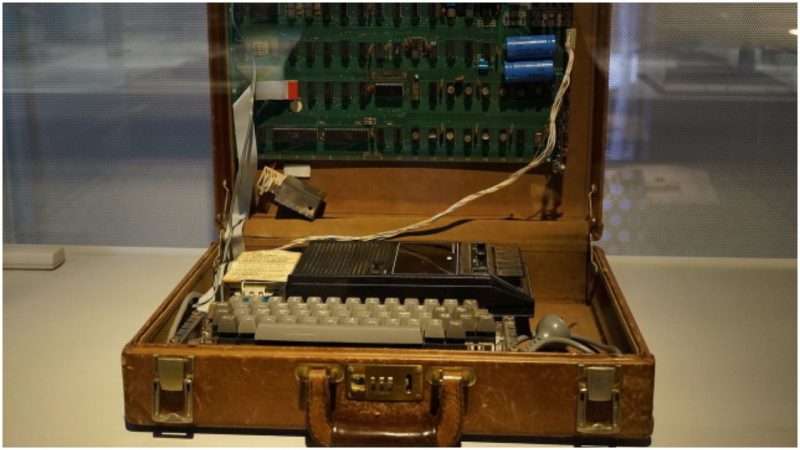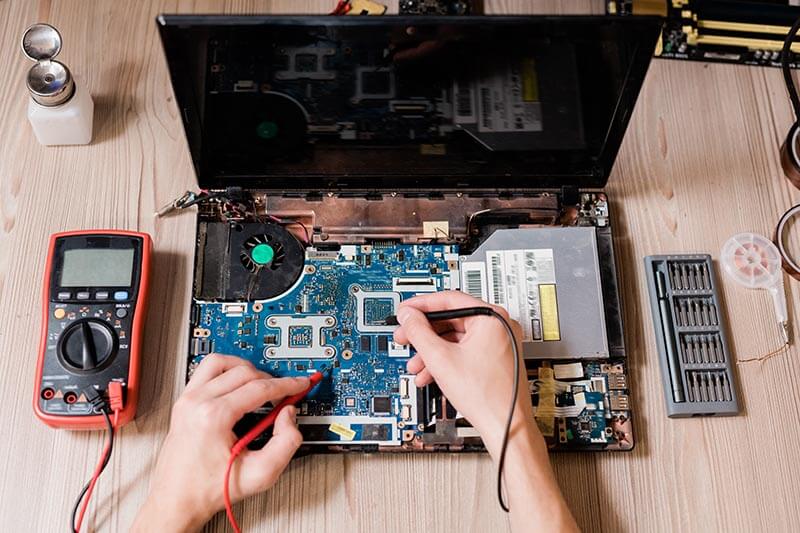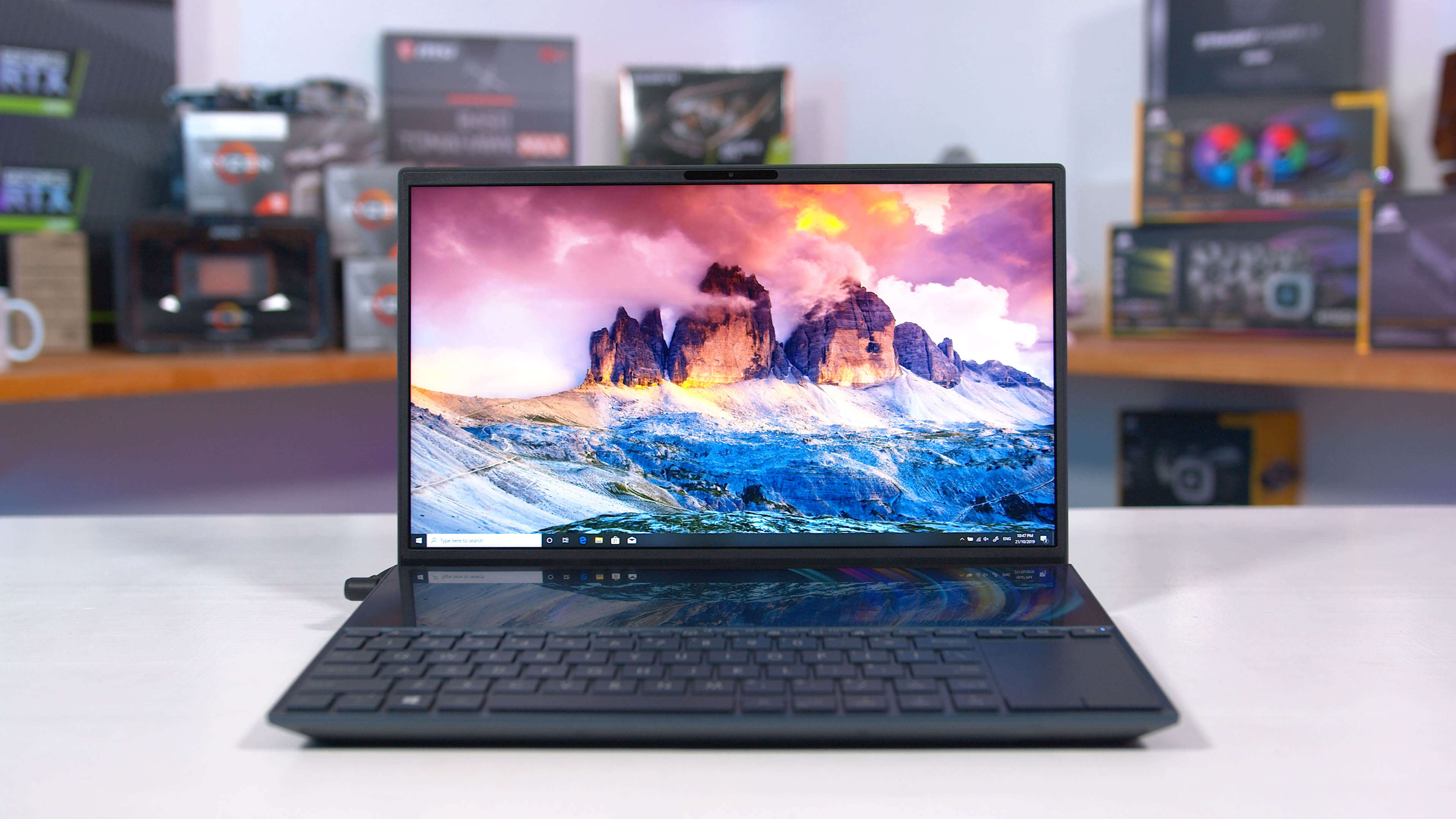The AMD Ryzen G is a highly popular option in this price segment because of the great value for money that it delivers. Based on the Ryzen 3 platform, this processor comes with 4 cores and 4 threads with a base clock speed of 3.6GHz. It comes with integrated graphics as well, so you don't have to purchase a dedicated graphics card for your home desktop.
Based on the Ryzen 5 platform, this processor comes with 4 cores and 8 threads with a base clock speed of 3.7GHz. It comes with integrated graphics, so you don't have to purchase a dedicated graphics card. The AMD Ryzen X is a good option if you are looking for a powerful processor. Based on the Ryzen 5 platform, this processor comes with 6 cores and 6 threads with a base clock speed of 3.6GHz. It does not come with integrated graphics, so you will have to get a graphics card with this processor. Intel's 11th-gen Rocket Lake platform isn't perfect, which is why most of our recommendations focus on the previous generation.
It's slightly more expensive than the 10600K but comes with the same six cores and 12 threads. It bumps the base clock speed down from 4.1GHz to 3.9GHz, but comes with a higher boost clock speed at 4.9GHz. It has better integrated graphics, too, but you should pair it with a dedicated GPU. Right out of the box, the speedy base clock and four cores (with hyper-threading) give the i7-7700K the versatility and power necessary to take on high-end games and other tasks. Combine it with a good graphics card, plenty of RAM, and SSD storage, and you have a smooth gaming experience. You'll get performance similar to newer processors, while potentially saving money for your graphics card, cooling system, and other components for your gaming rig.
The 9700K features 8 cores and 8 threads, with a base speed of 3.6GHz. It's a "K" model, so you can overclock it to 4.9GHz with Turbo Boost 2.0 technology. It supports up to 128GB of RAM, as well as 4K video and graphics. With integrated Intel UHD 630 graphics and 64GB of VRAM, you won't have to drop a ton of money on a discrete graphics card in order to play some of the lighter games in the Steam library. However, you'll probably want a separate graphics card if you're planning on doing any sort of heavy gaming. Its formidable base clock rate can be boosted to 4.7GHz, and it tends to remain cool and maintain its temp pretty well.
Even though it comes with UHD 630 integrated graphics, you'll want to pair the i7-8700K with a dedicated graphics card to see its full potential. Coupled with the right card, you'll be able to handle high-quality 4K games with ease and hit blazing-high frame rates. Our problems with Intel's 11th-generation Core processors for desktops don't extend to the company's 11th-generation laptop processors, which are completely different chips despite sharing that Core name and generation. With Intel i9 processors now powering a fresh wave of new and refresh laptops, why pick up the Intel i7-9750H?
Well, for one, the i9s have a tendency to overheat, and with a device as compact as a laptop, thermal throttling is a real concern. The i7 also has a higher base clock – good for single core tasks like gaming – while also delivering a powerful performance with its more than adequate 6 cores. In January 2009, AMD released a new processor line dubbed Phenom II, a refresh of the original Phenom built using the 45 nm process. AMD's new platform, codenamed "Dragon", utilized the new Phenom II processor, and an ATI R770 GPU from the R700 GPU family, as well as a 790 GX/FX chipset from the AMD 700 chipset series.
The Phenom II came in dual-core, triple-core and quad-core variants, all using the same die, with cores disabled for the triple-core and dual-core versions. The Phenom II resolved issues that the original Phenom had, including a low clock speed, a small L3 cache, and a Cool'n'Quiet bug that decreased performance. The Phenom II cost less but was not performance-competitive with Intel's mid-to-high-range Core 2 Quads. Although a new Intel desktop processor can have some problems, the Tiger Lake mobile processors are excellent. For a great balance of performance and power, we recommend the i H.
It comes with four cores and eight threads, a base clock of 3.3GHz, and a staggering boost clock of 5GHz, all while keeping power demands under 35 watts. The i H leads Intel's new Tiger Lake H35 processors, which target portable gaming laptops with 14-inch screens. Some tasks, like gaming, benefit more from a few fast cores than an increased number of them.
But others like video editing love a processor with lots of cores, because the applications are designed to exploit all the available CPU power. There's no integrated GPU but you get six cores with multi-threading for 12 threads in total. If you're buying a graphics card anyway, this is a better pick for only marginally more money.
This makes the i9-9900K ideal for gamers or anyone who needs amazing single core performance. However, despite the lower core count compared to AMD's flagship, it still has more than enough juice to handle intensive tasks like video editing and rendering as well. It also comes with a hefty base clock of 3.8GHz, making this a fantastic option four those who need some serious power four rendering and graphic design, as well as gaming. And while its single core performance is still slightly behind Intel's, it still has more power than you'll need. For those who prefer laptops to desktops, the Intel Core i7-9750H is the best 9th generation Intel CPU available for laptops.
You can find this chip in the Acer Predator Helios 300 laptop, as well as some other gaming laptops. The 9750H has a base clock speed of 2.6GHz, and it maxes out at 4.5GHz with Turbo Boost 2.0. Hyper-threading allows each of the cores to function as two logical cores. This lets the i7-8700K work more efficiently with certain applications. The i K provides a lot of value, and it's an excellent choice for gamers, or for anyone who wants to boost their PC's performance. It features 8 cores and 16 threads, with an impressive base clock speed of 3.8GHz.
The unlocked CPU can be boosted up to 5.1 GHz with Turbo Boost Max 3.0. If you are an avid gamer, you'll want to look for a CPU with higher clock speeds that supports high amounts of RAM. However, don't get too caught up in the number of cores and threads, as this will likely have less impact than other factors like clock speeds, memory, and your overall system storage. For content creators, it's probably worth it to shell out a bit more cash for extra cores. You'll also want more RAM and 4K video support, but you don't necessarily need those blazing fast clock speeds. Business professionals and home users need security and stability, as well as fast access to frequently used programs like Microsoft Office.
If you're using your PC for work, school, or home use, you can get away with a low of mid-tier i7, and you don't always need to tack on those extra costs for more cores or lightning-fast clock speeds. An Intel Core i7 or AMD Ryzen 7 processor is suitable for creative professionals, enthusiastic gamers, and anyone who uses their computer intensively. The i7 processors have fewer cores and threads, but a higher clock speed than the Ryzen 7.
This is especially useful when you often use one application, like a game. The AMD Ryzen 7 is better for multitasking, like when you edit a video. It does not offer an excellent price to performance ratio, but it does offer stability at peak loads during gaming. Like the other Intel LGA1200 socket processors, this processor is expensive but includes a GPU built-in, making it capable of the boot without a dedicated graphics card.
People who use their computers for work and gaming should always go for processors with built-in graphics cards. The Intel Core i9-9900K is the company's first ever mainstream Core i9 chip. It comes equipped with eight cores, sixteen threads and the overclocking ability to a maximum of 5.0GHz clock speed. The Intel Core i9-9900K also features the highest thread count, being 16, in the Coffee Lake Refresh lineup. This leads to hyper-threading performance that is capable of outpacing its AMD competitors.
Intel has also reintroduced a soldered heat spreader which helps this processor manage the thermals better when running under load for extended duration. The best way to tell if a PC processor is good is to look at individual benchmarks. Specs like core count and clock speed don't tell the full story — they only show what the processor is capable of within its own range of products.
If you've settled a certain brand or series, however, looking at core counts and clock speeds can show you where the processor sits in the range. Intel's cheapest processor line and largely on the way out, Atom appears in super-cheap Windows laptops or tablets. Almost all Atom CPUs have four cores and are extremely low power, allowing them to have excellent battery life, but the lowest level of performance.
We recommend that you buy an Atom-powered laptop only as a secondary device for an adult or a primary for children. Atom is good enough for surfing the web and watching videos but struggles with content creation and productivity tasks. Most current-generation cheap laptops now use Celeron chips rather than Atom so you'll probably find Atom only on older systems. Turning to AMD, the A series has long been the company's low-cost CPU line that features decent integrated graphics.
These chips are meant as inexpensive engines for productivity work and educational use, and in some cases light gaming. These are affordable choices for shoppers who want to avoid buying a dedicated graphics card. High speeds are essential for a CPU to keep the gamer competitor. As a result, the i LGA th generation integrated Intel's HD graphics offer a base frequency of 350MHz that can reach 1GHz. The unit also offers DirectX 12 support, Intel Enhanced Speedstep, and activated virtualization. The processor can get integrated with modern gaming PCs without becoming the bottleneck.
The Intel Core i manages to produce 26.5fps at 1080p for the most demanding games. With the Core i3-9100F, you get four modern cores without HyperThreading, running at base and boost speeds of 3.6GHz and 4.2GHz. This choice also lacks integrated graphics, which means an added expense for a graphics card when considering your overall budget. Gamers on a very tight budget could choose this CPU in order to free up money for a better GPU. Introduced in 2017, the Core i9 series is a super-high end range of processors that boasts incredibly high thread and core-counts.
The top-end Core i9-7980X touts 18-cores (clocked at 2.6Ghz) and can handle 32 threads at once while the cheapest option - the i9-7900X boasts 10 cores and a base clock speed of 3.3GHz. The regular "K"-less has a base clock speed of 2.9GHz that maxes out at 4.8GHz with Intel's Turbo Boost Max 3.0 technology. The CPU comes packaged with a heatsink and cooling fan for optimum operating temperatures. It supports 128GB of DDR4 RAM and Intel's Optane Memory for extra-fast access to frequently used files and programs.
It also has integrated Intel UHD 630 graphics, and it supports 4K video. With this CPU, you can use up to three displays for better multitasking and media streaming. In 2012, AMD's then CEO Rory Read began a program to offer semi-custom designs. Rather than AMD simply designing and offering a single product, potential customers could work with AMD to design a custom chip based on AMD's intellectual property. Customers pay a non-recurring engineering fee for design and development, and a purchase price for the resulting semi-custom products.
In particular, AMD noted their unique position of offering both x86 and graphics intellectual property. These semi-custom designs would have design wins as the APUs in the PlayStation 4 and Xbox One and the subsequent PlayStation 4 Pro, Xbox One S, Xbox One X, Xbox Series and PlayStation 5. Financially, these semi-custom products would represent a majority of the company's revenue in 2016.
In November 2017, AMD and Intel announced that Intel would market a product combining in a single package an Intel Core CPU, a semi-custom AMD Radeon GPU, and HBM2 memory. On April 21, 2005, AMD released the first dual core Opteron, an x86-based server CPU. A month later, it released the Athlon 64 X2, the first desktop-based dual core processor family. In May 2007, AMD abandoned the string "64" in its dual-core desktop product branding, becoming Athlon X2, downplaying the significance of 64-bit computing in its processors.
Further updates involved improvements to the microarchitecture, and a shift of the target market from mainstream desktop systems to value dual-core desktop systems. In 2008, AMD started to release dual-core Sempron processors exclusively in China, branded as the Sempron 2000 series, with lower HyperTransport speed and smaller L2 cache. AMD completed its dual-core product portfolio for each market segment. Their latest offering is the Ryzen X, AMD's first 16-core, 32-thread processor for mainstream use. If you're in this position, the 11th-generation Core i5 processors are the least bad of the lot.
We also like desktop processors from AMD, Intel's biggest competitor in computer processors. Ryzen 5, Ryzen 7, and Ryzen 9 processors from the Ryzen 3000, 4000, and 5000 series are all as good as or better than Intel's processors in both performance and power use . But AMD is a smaller company, and it has been a victim of its own success—AMD Ryzen systems are often harder to find and go out of stock more quickly than Intel PCs. Ryzen 5000 processors in particular are worth waiting for if you can get them, especially if you're buying a PC for gaming or professional work such as video editing, coding, or designing 3D models.
Just know that they have a reputation for being hard to find in an industry where currently everything is hard to find. \What's the difference between a mainstream processor and HEDT chip? But that'll probably be overkill for most users, so a mainstream processor should be what most users need.
Like the other LGA1200 socket intel processors, this one also does not feature PCIe 4.0 compatibility, but currently, there is no PCIe 4.0 based high-end graphics card in the market. AMD Ryzen X is the best processor amongst the top tier performing chips. It has 12 cores and 24 threads, which it utilizes during multitasking like streaming, rendering, and gaming all at once. With its decent price/performance, this processor beats all the Intel options present around its price range. Even though this processor offers enormous processing power, it still manages to be better in TDP.
Irrespective of the brand, to get a concise picture of a processor's performance, we need to look at the specs. Everything from clock frequency to no. of cores, cache, and threads are equally crucial for gaming. The all-new PCI Express 4.0, with its extraordinarily high transfer rates, is overkill for any graphics card, LAN card, or SSD in 2021.
Still, the processor support is essential to make it a future proof investment. The Intel i5-9600K is a mid-range processor which is an iterative update over the previous-gen model. The processor provides the best performance for gaming at its affordable price point.



























